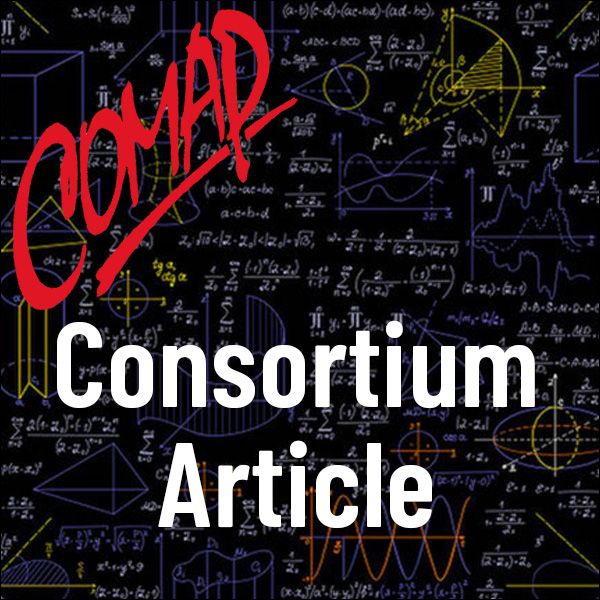The Gerrymander Problem: Measuring Compactness
Author: Daniel Teague, Dot Doyle
Every ten years, the U.S. House of Representatives is reconfigured according to the results of the U.S. Census. This reconfiguration comes in two distinct stages.The first is the reapportionment of the 435 seats in the House of Representatives. The Everybody's Problems article "Apportionment: Measuring Unfairness" (Consortium, Number 81, Spring, 2002) discussed the mathematical model on which this reapportionment is based.
After the appropriate apportionment is determined, states must realign their congressional districts to account for shifts in population to insure that each voting district has approximately the same population and to account for either the loss or gain of a new district.
If these districts are created so as to give unfair advantage to one party or group of people in elections, then the districts are said to have been gerrymandered. This term arose from the redistricting of Massachusetts in 1812 when Elbridge Gerry was governor.

Mathematics Topics:
Application Areas:
You must have a Full Membership to download this resource.
If you're already a member, login here.